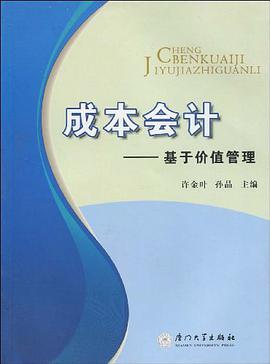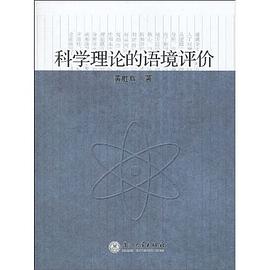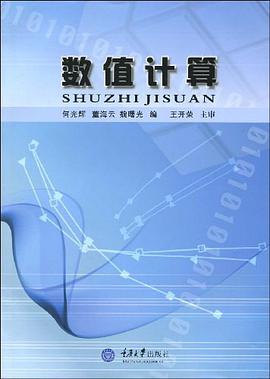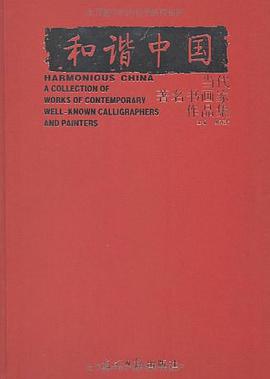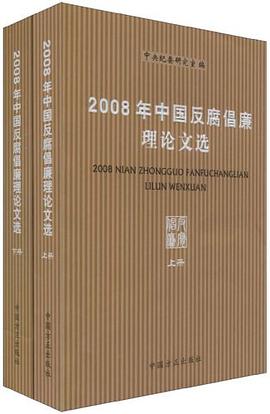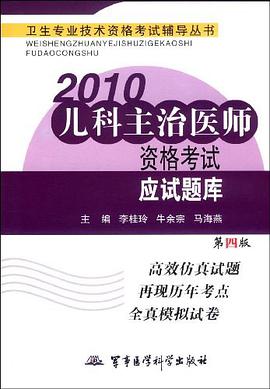

具體描述
《漢語話語言談標誌的理論及個例研究》由廈門大學齣版社齣版。
著者簡介
鄭通濤(澳大利亞雙博士、博士生導師),澳大利亞歸國華僑,著名語言學、計算機科學專傢。生於1955年6月,福建漳州人,現被聘為廈門大學海外教育學院院長、廈門大學國際學院院長。
曾是澳大利亞前總理陸剋文的中文普通話指導教師。
圖書目錄
General Introduction
Transcription and Glossing Conventions
Abstract
中文摘要
Chapter 1 Introduction
1.1 A Short History of Discourse Analysis
1.2 A Short History of Text Analysis in China
1.3 The Studies of the Discourse Markers (DMs)
1.3.1 What areDMs
1.3.2 Scholars' Views of DMs
1.4 Single Discourse Marker Studies
1.5 Chinese DMs Studies
1.6 Conclusion
Chapter 2 Discourse Markers in Amoy Chinese
2.1 Amoy Chinese
2.I.I DMs in the Turn-initial Position
2.I.2 DMs in the Turn-final Position
2.2 Some Intonation Features of DMs in Amoy Chinese
2.3 Influence of Topic on the Occurrence of h
2.3.1 Discourse Topic
2.3.2 Discourse Topic and the Use of DMs
2.3.3 Classification of Topic and hS' s Correlation
2.4 h and Social Variables
2.4.1 Sensitive to Conversational Contexts
2.4.2 Sensitive to Degree of Intimacy
2.4.3 Co-occurrence with Other Intimacy Markers
2.5 Discourse Structures and the Occurrence of h
2.5.1 A Classification of Discourse Structures
2.5.2 h Connects Discourse Structures to the Topic
2.6 Speech Acts and the Occurrence of h
2.7 Speaker Subjective Certainty and the Occurrence of h
2.8 Dependent Nature of h
2.9 Relevant Knowledge and the Occurrence of h
2.10 The Relationship between h, Entropy and Redundancy
2.10.1 Entropy and Redundancy
2.10.2 DMs as Stabilizing Devices
2.10.3 h's Use in Stabilizing Conversation
2.11 Conclusion
Chapter 3 Prosodic Features Associated with h
3.1 Relationship between Prosodic Features and Affective Meaning
3.2 Basic Prosodic Features of DMs in Chinese
3.3 The Difference between Tonic Patterns of DMs and Lexical Tones
3.3.1 Different Distributions and Different Functions
3.3.2 Inconsistent Relations DMs of Intonation among the Dialects
3.3.3 The Inconsistent Correspondence in One Language
3.3.4 The Features of Tonic Patterns of Chinese Auxiliary Words
3.3.5 A Consistent Regular Tonic Patterns of DMs in Chinese Languages
3.3.6 The Foregrounding Function of DMs
3.3.7 Semantic Variation of DMs' Tonic Patterns
3.3.8 The Hierarchical System of Tonic Patterns of DMs
3.4 Tonic Patterns of DMs Associated with Speech Acts
3.5 Varied Tonic Patterns of DM h
3.5.1 Falling Intonation of h
3.5.2 Rising Intonation of b5
3.5.3 High Level Intonation of h
3.5.4 Long and Short Length Intonation of
3.6 Phonological Comparison between Initial and Final h
3.6.1 Two Different Distributions and Their Implications
3.6.2 A Distribution Hypothesis of DMs
3.7 The Pause after DM h
3.7.1 The Length of Pause in Two Positions
3.7.2 "Intensified Orientation" of the Pause
3.8 h and Previous Emphasized Syllables
……
Chapter 4 h and Information Management
Chapter 5 h in the Turn-taking System
Chapter 6 h and Coherence
Chapter 7 h and Interpersonl Relationships Reflecting Amoy Chinese Culture
Chapter 8 Conclusion
Bibliography
· · · · · · (收起)
Transcription and Glossing Conventions
Abstract
中文摘要
Chapter 1 Introduction
1.1 A Short History of Discourse Analysis
1.2 A Short History of Text Analysis in China
1.3 The Studies of the Discourse Markers (DMs)
1.3.1 What areDMs
1.3.2 Scholars' Views of DMs
1.4 Single Discourse Marker Studies
1.5 Chinese DMs Studies
1.6 Conclusion
Chapter 2 Discourse Markers in Amoy Chinese
2.1 Amoy Chinese
2.I.I DMs in the Turn-initial Position
2.I.2 DMs in the Turn-final Position
2.2 Some Intonation Features of DMs in Amoy Chinese
2.3 Influence of Topic on the Occurrence of h
2.3.1 Discourse Topic
2.3.2 Discourse Topic and the Use of DMs
2.3.3 Classification of Topic and hS' s Correlation
2.4 h and Social Variables
2.4.1 Sensitive to Conversational Contexts
2.4.2 Sensitive to Degree of Intimacy
2.4.3 Co-occurrence with Other Intimacy Markers
2.5 Discourse Structures and the Occurrence of h
2.5.1 A Classification of Discourse Structures
2.5.2 h Connects Discourse Structures to the Topic
2.6 Speech Acts and the Occurrence of h
2.7 Speaker Subjective Certainty and the Occurrence of h
2.8 Dependent Nature of h
2.9 Relevant Knowledge and the Occurrence of h
2.10 The Relationship between h, Entropy and Redundancy
2.10.1 Entropy and Redundancy
2.10.2 DMs as Stabilizing Devices
2.10.3 h's Use in Stabilizing Conversation
2.11 Conclusion
Chapter 3 Prosodic Features Associated with h
3.1 Relationship between Prosodic Features and Affective Meaning
3.2 Basic Prosodic Features of DMs in Chinese
3.3 The Difference between Tonic Patterns of DMs and Lexical Tones
3.3.1 Different Distributions and Different Functions
3.3.2 Inconsistent Relations DMs of Intonation among the Dialects
3.3.3 The Inconsistent Correspondence in One Language
3.3.4 The Features of Tonic Patterns of Chinese Auxiliary Words
3.3.5 A Consistent Regular Tonic Patterns of DMs in Chinese Languages
3.3.6 The Foregrounding Function of DMs
3.3.7 Semantic Variation of DMs' Tonic Patterns
3.3.8 The Hierarchical System of Tonic Patterns of DMs
3.4 Tonic Patterns of DMs Associated with Speech Acts
3.5 Varied Tonic Patterns of DM h
3.5.1 Falling Intonation of h
3.5.2 Rising Intonation of b5
3.5.3 High Level Intonation of h
3.5.4 Long and Short Length Intonation of
3.6 Phonological Comparison between Initial and Final h
3.6.1 Two Different Distributions and Their Implications
3.6.2 A Distribution Hypothesis of DMs
3.7 The Pause after DM h
3.7.1 The Length of Pause in Two Positions
3.7.2 "Intensified Orientation" of the Pause
3.8 h and Previous Emphasized Syllables
……
Chapter 4 h and Information Management
Chapter 5 h in the Turn-taking System
Chapter 6 h and Coherence
Chapter 7 h and Interpersonl Relationships Reflecting Amoy Chinese Culture
Chapter 8 Conclusion
Bibliography
· · · · · · (收起)
讀後感
評分
評分
評分
評分
評分
用戶評價
评分
评分
评分
评分
评分
相關圖書
本站所有內容均為互聯網搜索引擎提供的公開搜索信息,本站不存儲任何數據與內容,任何內容與數據均與本站無關,如有需要請聯繫相關搜索引擎包括但不限於百度,google,bing,sogou 等
© 2025 book.quotespace.org All Rights Reserved. 小美書屋 版权所有


